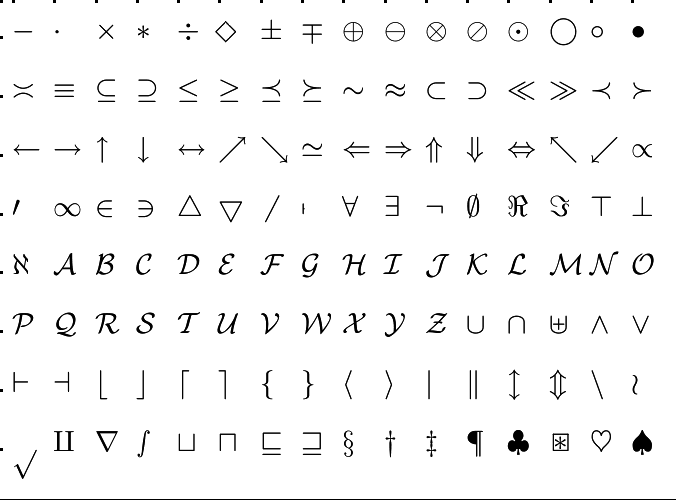Sequences and series *: De begrippen rij en reeks *
 The notions of sequence and series
The notions of sequence and series
A sequence is a set of real numbers #a_1#, #a_2#, #\ldots# that are ordened with an index (subscript).
The number #a_k#, where #k\in\mathbb{N}#, is also called a term or the #k#-th term of the sequence.
Hence a sequence is a map #a:\mathbb{N}\to\mathbb{R}# from the natural numbers to the real numbers, with the notation #a(k) = a_k# for every #k\in\mathbb{N}#.
With #\mathbb{N}# we mean the set of natural numbers bigger than #0#. But sequences can also start at #0# or a different natural number.
Often we mean an infinite sequence: for every natural number #k\ge1# (the index) is #a_k# defined.
A finite sequence is often denoted as #a_1#, #a_2#, #\ldots#, #a_n#, in which #n# is the length of the sequence.
The sequence #a_1#, #a_2#, #\ldots# is simply indicated with #a#.
A series is a special sequence #b_1#, #b_2#, #\ldots# of which the terms #b_n# are constructed with the terms #a_k# of another sequence\[b_n=\sum_{k=1}^na_k=a_1+a_2+\cdots\,+a_n{\tiny,}\qquad n\in\mathbb{N}\tiny.\]
For example, if #a = 1,2,7,-3,-2,3,\ldots#, then the corresponding series is #b = 1, 3, 10, 7, 5, 8,\ldots#
Because a series is a special sequence, all the remarks in this chapter on sequences also hold for series.
Sometimes it is easier to start with index #0#. Then we are dealing with a sequence #a_0#, #a_1#, #\ldots#
For, the first terms of the series #b# can be calculated: #b_1=1#, #b_2=1+2#, #b_3=1+2+3#, #b_4=1+2+3+4#, #b_5=1+2+3+4+5#, #\ldots# This determines the correct answer.
By the way, #\displaystyle b_n=\frac{1}{2}n(n+1)#. This is explained in Arithmetic series.

Or visit omptest.org if jou are taking an OMPT exam.



